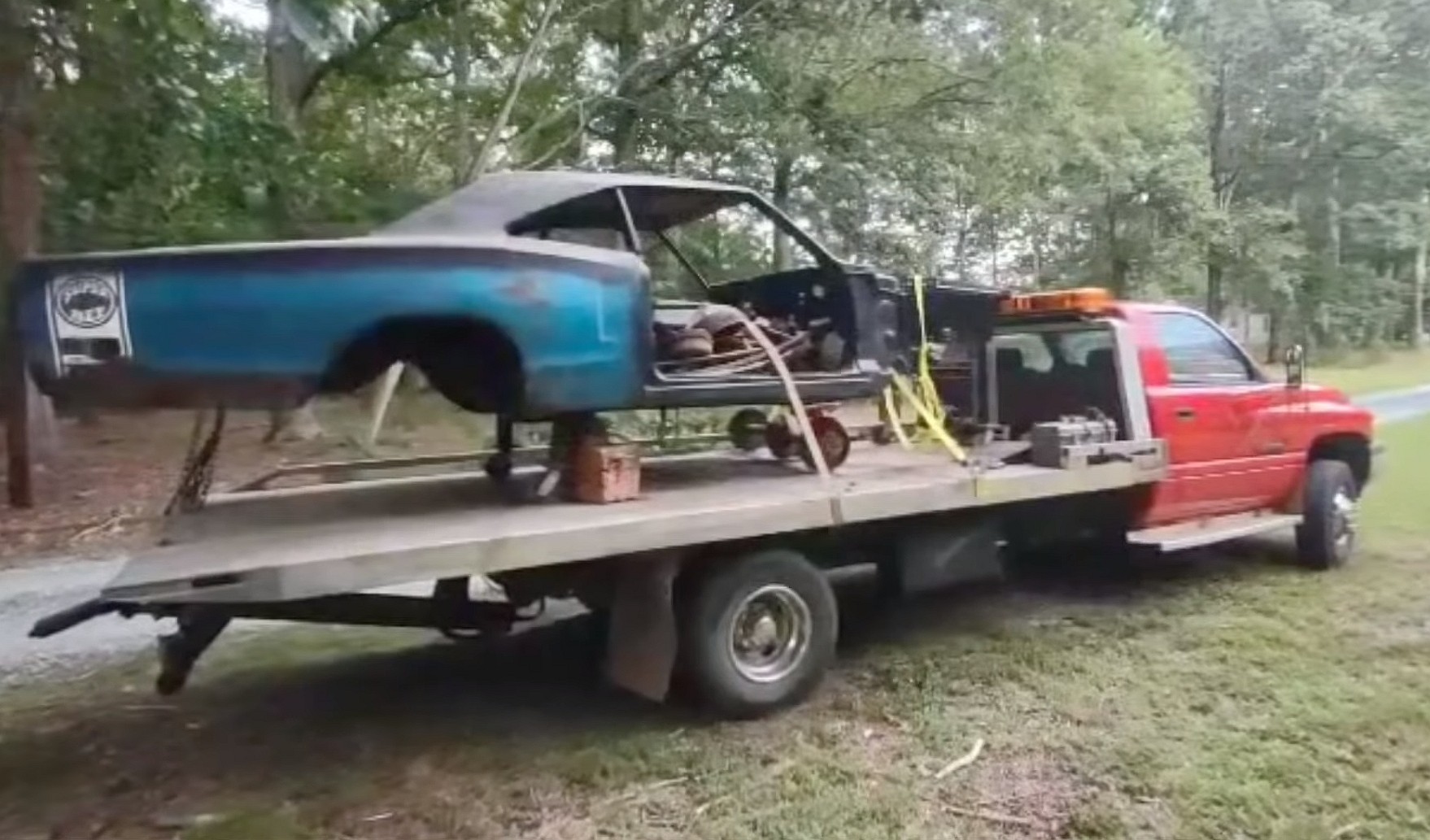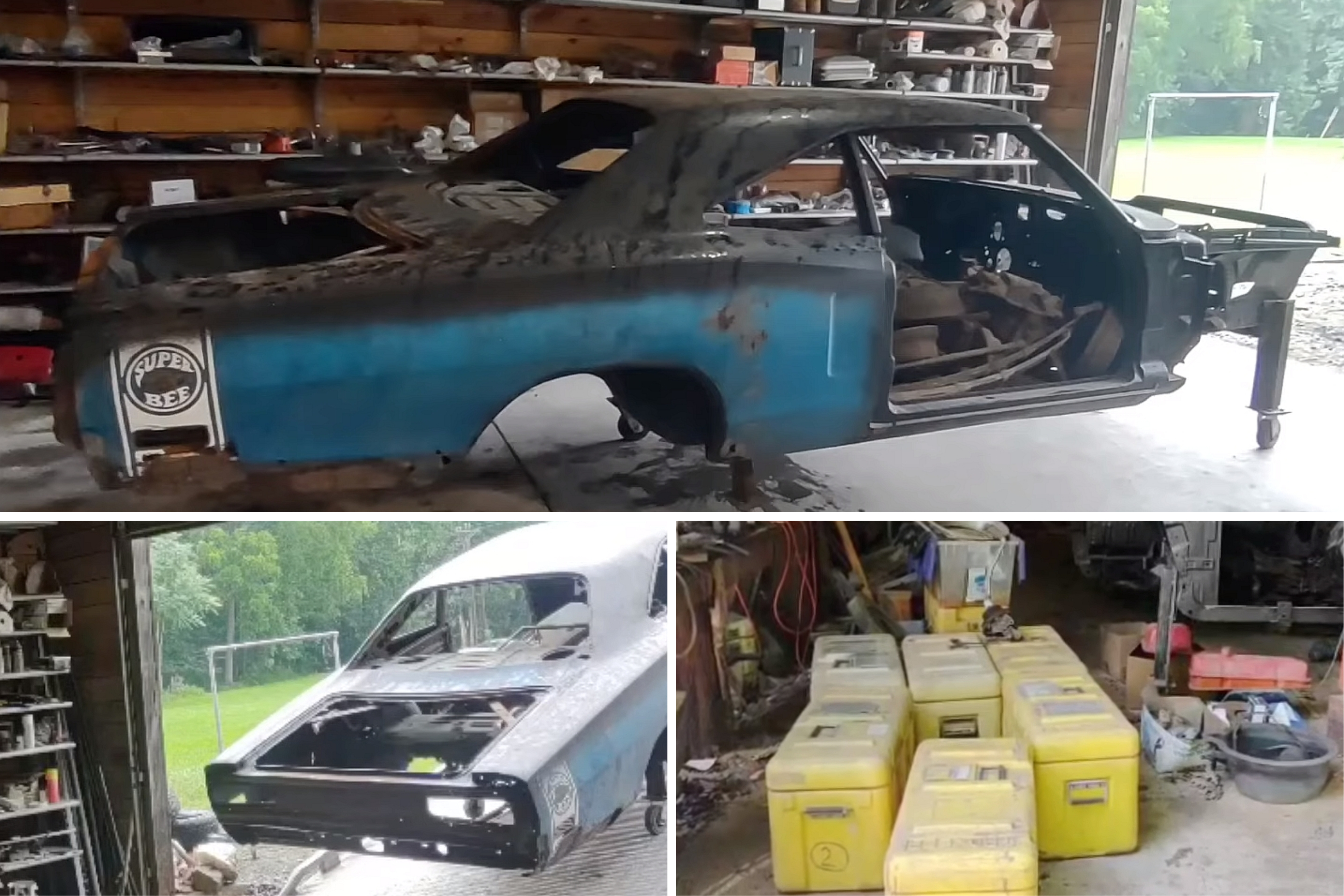Introduced for the 1968 model year, the Super Bee was Dodge’s alternative to the Plymouth Road Runner. Both were the most affordable Mopar muscle cars available at the time and the cheapest way into HEMI ownership. But while the Road Runner nameplate soldiered on until 1980, the Super Bee went into the history books in late 1971.
Essentially killed by the demise of the muscle car market and slow sales, the Super Bee is one of the most desirable classic Mopars out there. And it’s pretty rare too. While Dodge built some 56,000 examples in four years, half of them left the assembly line in 1969. The 1971 Super Bee is the rarest at 5,504 units, followed by the 1968 model with 7,842 cars.
The 1970 variant, often considered the pretties thanks to its twin-looped front fascia, spawned 15,506 units. The HEMI is arguably the rarest, with only 42 examples sold, while cars equipped with the 440-cubic-inch V8 account for 1,268 units. This leaves us with 14,196 entry-level, 383-equipped Super Bee, which isn’t all that rare at first glance. However, because many of these cars have been abandoned in junkyards or barns, all-original survivors are hard to come by. And that’s precisely why this B5 blue barn find is a rare gem.

Documented by YouTube’s “Bobs Classic Cars & Parts,” this Super Bee is one of those classics that spent its entire life with the same owner. Unfortunately, the car was parked in a barn in the 1980s and hasn’t been moved since. Moreover, the coupe was taken apart for restoration, but life got in the way, and the refresh never happened. But even though it’s still wearing its factory paint and numbers-matching body panels, the muscle car appears to be almost rust-free, which is amazing, to say the least.
But what about all those parts that are missing? Well, it may seem like this Super Bee is just an empty shell, but all the body panels and the interior pieces are still in the barn. The footage doesn’t give us a glimpse of the 383-cubic-inch (6.3-liter) and four-speed gearbox, but both await assembly in those boxes. Take a closer look, and you’ll see the air cleaner and the pistol grip shifter somewhere in there too.
Oh, and by the way, remember when I told you this Super Bee is one of more than 14,000 units built with the 383 big-block V8 in 1970? Well, the roof shows this one is a post car, which makes it notably rarer than that. Specifically, about 11,540 1970 Super Bees left the factory as no-post hardtop models, and only 3,966 got the coupe roof. Some 3,600 units were fitted with the 383, and fewer than 2,000 got the four-speed gearbox. If we also factor in the metallic blue paint, we’re looking at one of fewer than 300 cars made like this. The figure might be lower, but we’ll never know without a build sheet to look at.
And you know what’s the best news about this Super Bee? The guy who saved it is already working on putting it back together and returning it to public roads. As a factory-correct car, hopefully, because this Mopar will be a beauty once completed
